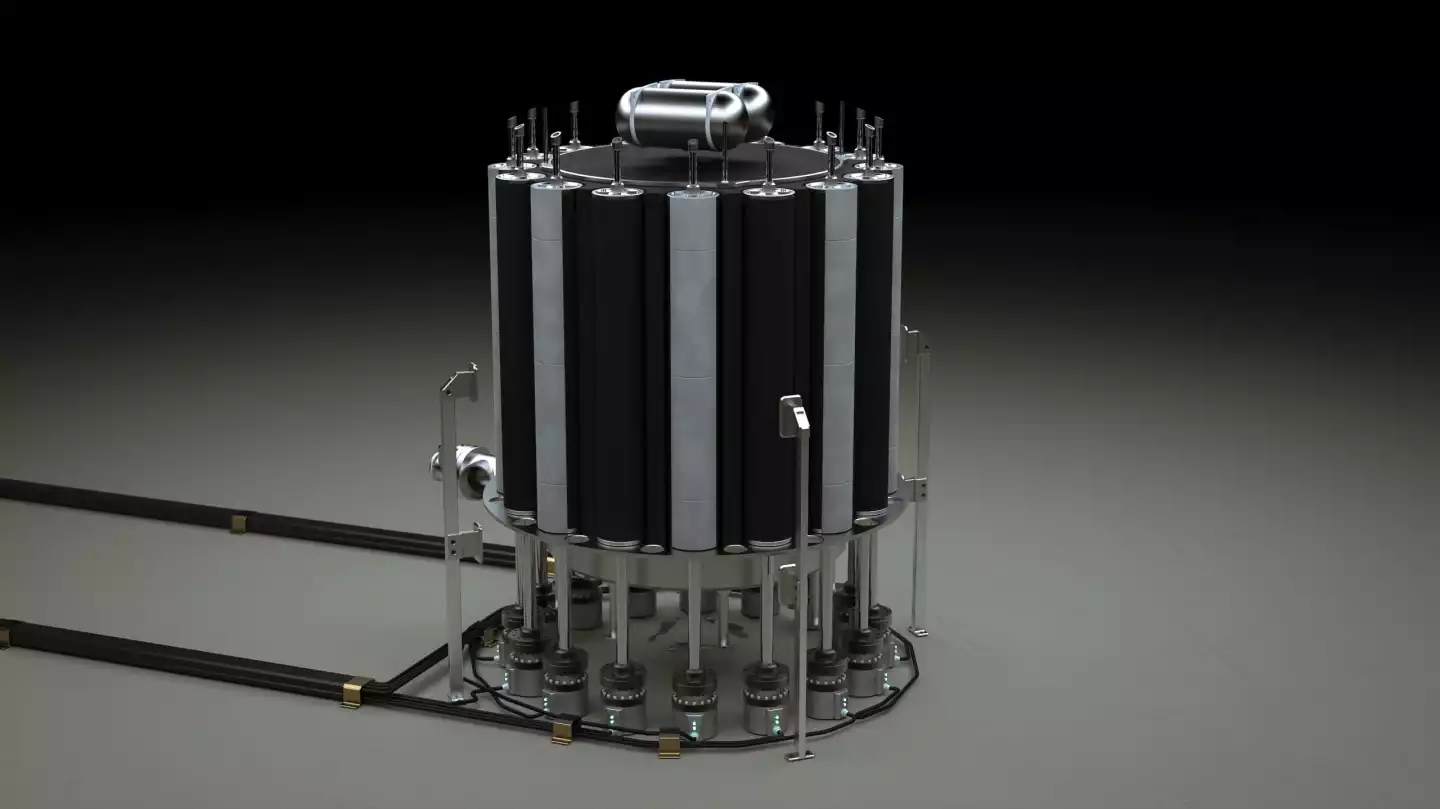California company Radiant has secured funding to develop a compact, portable, "low-cost" one-megawatt nuclear micro-reactor that fits in a shipping container, powers about 1,000 homes and uses a helium coolant instead of water.
Founded by ex-SpaceX engineers, who decided the Mars colony power sources they were researching would make a bigger impact closer to home, Radiant has pulled in US$1.2 million from angel investors to continue work on its reactors, which are specifically designed to be highly portable, quick to deploy and effective wherever they're deployed; remote communities and disaster areas are early targets.
The military is another key market here; a few of these could power an entire military base in a remote area for four to eight years before expending its "advanced particle fuel," eliminating not just the emissions of the current diesel generators, but also the need to constantly bring in trucks full of fuel for this purpose.
Those trucks will still have to run – up until the point where the military ditches diesel in all its vehicles – but they'll be much less frequent, reducing a significant risk for transport personnel.

Radiant says its fuel "does not melt down, and withstands higher temperatures when compared to traditional nuclear fuels." Using helium as the coolant "greatly reduces corrosion, boiling and contamination risks," and the company says it's received provisional patents for ideas it's developed around refueling the reactors and efficiently transporting heat out of the reactor core.
Radiant joins a number of companies now working on compact nuclear reactors, and a smaller number focusing specifically on portable units, which would include the floating barges proposed for mass-manufacture by Seaborg. It'll be a while before we see one up and running, but a clean, convenient, low-cost, long-life alternative to diesel generators would be very welcome.
Source: Radiant Nuclear






